Bug sprays serve to ward off harmful insects. However, they should always be used with care.
What is bug spray?

An insect spray is understood to mean an agent that serves to repel insects. These are usually aerosol containers that dispense a chemical insecticide. Spraying kills different types of insects, such as wasps, mosquitoes, moths, cockroaches and flies. These can sometimes be dangerous to humans.
Protection from certain insect species can be desirable for a number of reasons. For example, there is a risk of contamination from some species, such as from flies, which previously romp around in a dung heap and thus carry germs or excrement residues on their bodies.
Clothes moths can, in turn, leave holes in clothing, while mosquitoes cause uncomfortable itchy bites and sometimes transmit diseases. For this reason, insect repellants, which also include insect sprays, which contain insecticides are used in the private sector.
Shapes, types & types
Insecticides can easily be spread in living rooms with an insect spray, where they usually kill all insects. However, this also includes useful insects such as bees. It is therefore advisable to use it in moderation.
Insect sprays can contain different insecticides. Common active ingredients include pyrethrum, pyrethroids and piperonyl butoxide. Pyrethrum is one of the oldest insecticides used as a pesticide. It is made from dried flowers of different Chrysanthemum species. The insecticidal effect of the agent is considered to be very strong. For animals of the same temperature, however, there is only a low toxicity.
Pyrethroids, which are semi-synthetic compounds, are regarded as modifications of pyrethrum active ingredients. Their potency is significantly higher. They also prove to be more environmentally stable. The best-known active ingredients of this type that are used in insect sprays include u. a. Transfluthrin, tetramethrin and permethrin.
Piperonyl butoxide is not one of the insecticides. As a synergist, however, the substance is often used on the basis of pyrethroid in insect sprays. It can increase the effect of the pyrethroids. Some insect sprays also contain the active ingredient caprylic acid. They are considered biological agents and are not a neurotoxin. The caprylic acid removes the chitin armor, which is vital for insects.
Structure & functionality
An insect spray is usually composed of an aerosol bottle, from which the insecticide is released by spray. The sprays contain chemicals such as organophosphorus compounds that block the action of the enzyme acetylcholinesterase. Acetylcholine is a sending substance within the nerve center. In the neuromuscular synapse, the substance is released by motor neurons. Muscle contraction is stimulated while the nerves are permanently excited.
The pyrethroids often contained in insect sprays are neurotoxins and act as contact poisons. Humans as well as various mammals are equipped with endogenous enzymes which break down the pyrethroids. For this reason, the insecticides can hardly work on them. However, since the insects do not have such enzymes, they quickly die.
Permethrin, which is absorbed by the pests through their body surface, is also lethal for insects. It then spreads throughout the insect's body. Permethrin is also found in remedies for dogs. In this way, the substance combats mites, fleas, ticks and lice. However, unlike dogs, permethrin is not suitable for cats. Since their organism is unable to break down the active ingredient, it leads to their death.
While the use of bug sprays is controversial, they have several advantages over other insect repellants. Using a fly swatter is a natural remedy, but not effective enough as the insects often hide and nest in other places. Light sources that are under high voltage, however, are often ineffective with mosquitoes, so that an insect spray is often the most effective means.
Medical & health benefits
The use of insect sprays should always be done with caution. If they are dosed too high, people are threatened with unpleasant side effects. These include burning eyes, reddening of the skin, tingling sensations and itching. However, most of these problems are temporary.
If you inhale large amounts of pryethroid, there is a risk of anxiety, impaired vision, hearing impairment, dizziness, nausea and headache. The use of bug sprays when babies are in the house should be reconsidered. You have fewer enzymes available for detoxification.
Due to the chemical ingredients of insect sprays, their use is sometimes rightly criticized. However, the funds can also help protect health. The use of insect sprays against pests that can transmit pathogens, such as mosquitoes or flies, is considered sensible. The sprays can also prevent severe allergic reactions such as those triggered by wasps. Wasp stings in particular are particularly uncomfortable as the wasp can sting multiple times. Sometimes infections are also triggered.
Regular and professional use of insect sprays makes it possible to protect people from damage to health caused by insects. This also includes serious diseases such as malaria, West Nile fever and yellow fever.
The premises where the sprays were used should not be entered for several hours after spraying.
Anti-insect bite products






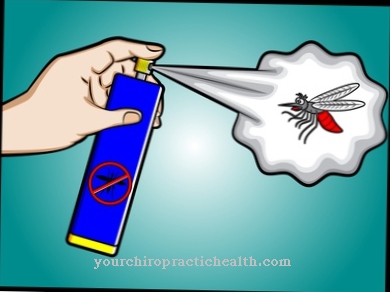

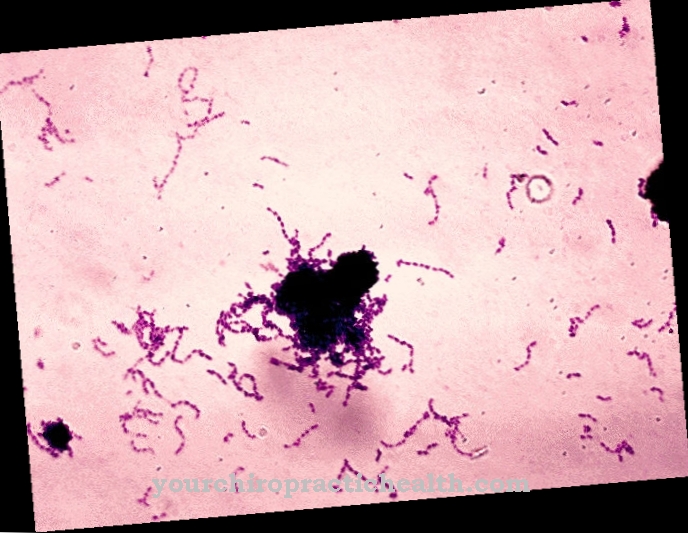



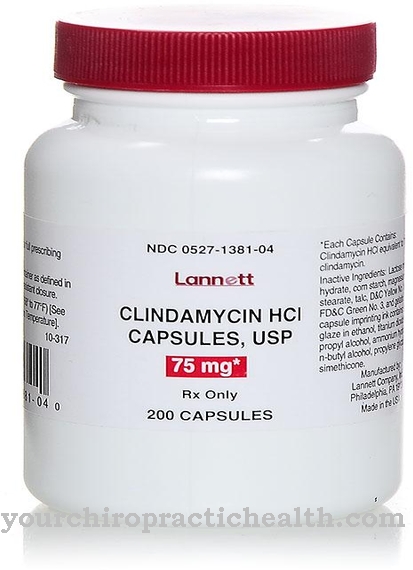

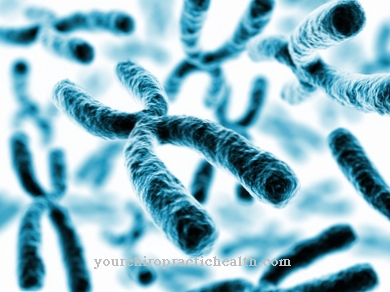









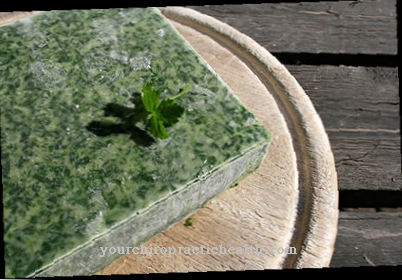

.jpg)

